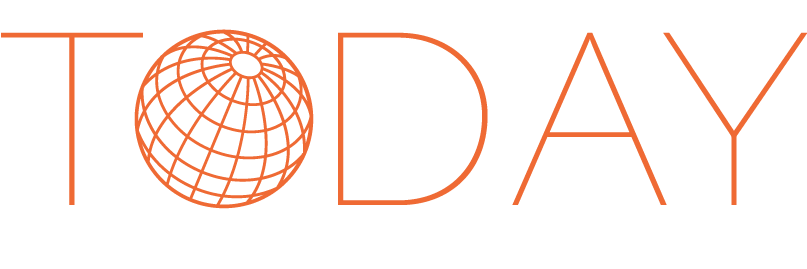5 common failures of LEV inspections and how to fix them
Protecting employees, ensuring compliance, and maintaining reputation, the three critical reasons why workplace Local Exhaust Ventilation (LEV) inspections are vital.
Despite this many businesses are lax, putting staff at risk of hazardous substance exposure, causing long-term health issues and potentially facing hefty fines and loss of reputation
As specialists in the field of LEV testing and inspection for over fifty years, at IOM we are skilled in working with businesses to identify system failings, applying effective manageable solutions and ensuring a safety-first compliant work environment.
In this article we consider the five most common system failures uncovered in LEV inspections and how to fix them.
1. LEV system not fit for purpose
With business models, requirements, and workplaces often changing over time, a once-effective LEV system, may not be fit for purpose in later years. Process change, increased workload can affect the contaminant and the LEV may then need adjustments.
If such changes, along with performance are not monitored then the existing controls may become inadequate and LEV system unfit for purpose.
In this scenario, IOM would proffer a risk assessment by a qualified occupational hygienist (OH) such as those at IOM followed by a thorough review of the system design and its specifications as a solution.
Should the system present shortfalls then the OH will undertake discussions with employees and the employer around workplace demands, and from that issue clear instructions as to what remedial action or new system is required.
2. Poorly maintained equipment
Maintenance is critical to ensure that an LEV system is performing effectively. If there are no inspection procedures in place to undertake log checks, modifications, and repairs, then the system may breakdown, failing HSE and COSHH standards.
Mandatory by law, regular testing of an LEV system should be carried out by a trusted expert at least every 14 months or more frequently dependent on COSHH Regulation 9 (2) (a). In addition, routine checks should take place on moving parts, filters, and seals etc. With both, detailed records must be kept for up to five years.
At IOM we can carry out a thorough annual test to determine effectiveness and COSHH compliance. Our examinations use a combination of close observation, functional testing and visual inspection, we provide detailed recommendations of corrective measures and controls in the case of system failure.
3. Incorrect use or human error
From on-tool extraction, to fixed and flexible capturing or receptor hoods and walk-in booths, there are multiple LEV systems available for businesses to adopt. If used incorrectly however they will not perform properly, compromising worker health and safety.
Upon installation, manuals related to the specific LEV system are provided to ensure effective use and training. Detailed instructions must be given to all employees who use the LEV system, and this should be regularly reviewed to ensure competency and compliance
Each employee must know how the system is made up and functions, how to read fitted instruments, recognise wear and tear. Importantly they need to understand any limitations that may cause the system to not work to its full potential.
At IOM we carry out on-site comprehensive staff assessments observing working practices to check that workers are using the equipment appropriately.
4. Inadequate existing controls and overexposure
Having an LEV system in place does not automatically mean workers are safe from airborne exposure and contaminants. This protection is only guaranteed if controls are effective.
LEV systems are just one method of reducing exposure and should always be measured against the hierarchy of controls, one to make sure they are appropriate and two to ensure they work effectively with other tools.
To control any exposure, we will work collaboratively to examine the working processes, identify whether they can be changed or modified to eliminate any risk, and if not, advise an appropriate LEV system, alongside associated working practices i.e., rotas and PPE.
5. An attitude of complacency and being overly optimistic
As with any engineered system, an LEV system has its limitations. Just because its initial performance was good does not mean that failings will not occur over time.
Complacency in any workplace when it comes to health and safety puts people at risk. If a task and the associated control becomes routine then little thought is often given to testing and improvements.
It is vital that when it comes to LEV systems such an attitude does not occur. Ensuring well-written training and maintenance manuals along with a regular schedule of testing by a qualified occupational hygienist means peace of mind that controls are working as they should.
Used across an array of industries LEV systems are a vital tool in preventing worker exposure to harmful fumes and dusts that if left unchecked can lead to increased degree of ill health up to fatality.
With stringent regulations and inspection campaigns from the HSE around the need for adequate ventilation it is not enough to have these systems in place, they must be designed, maintained and tested to ensure they are doing the job.
At IOM we are committed to helping businesses protect worker’s respiratory health with a comprehensive approach to LEV combining expert analysis and practical advice. This allays staff fears, gives health and safety professionals peace of mind whilst improving productivity.

